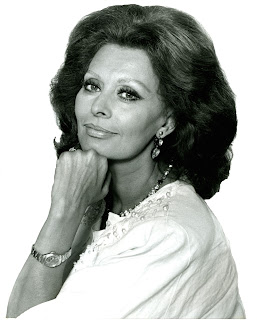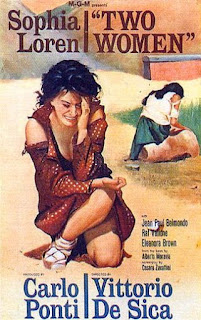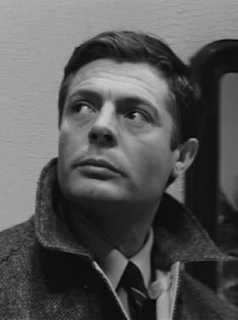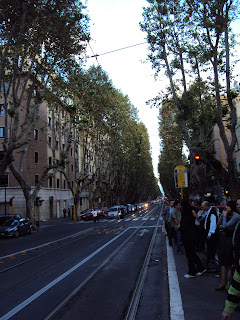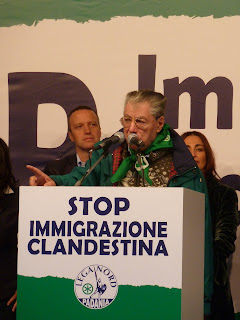Controversial work softened by irreverent humour
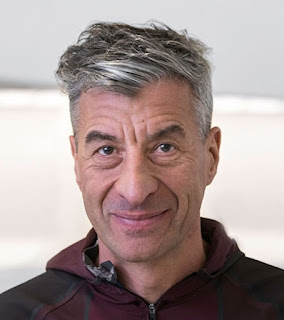 |
| Maurizio Cattelan once said that he aimed to be "as open and as incomprehensible as possible." |
The conceptual artist Maurizio Cattelan, known for the dark humour and irreverence of much of his work, was born on this day in 1960 in
Padua.
Cattelan, probably best known for his controversial waxwork
sculptures of Pope John Paul II and Adolf Hitler, has been described at
different times as a satirist, a prankster, a subversive and a poet, although
it seems to have been his aim to defy any attempt at categorisation.
His works are often interpreted as critiques of the art
world and of society in general and while death and mortality are recurring
themes there is more willingness among modern audiences to see how even tragic
circumstances can give rise to comedic absurdities.
Although some of his work has provoked outrage, more viewers
have been enthralled than angered by what he has presented, and some of his
creations have changed hands for millions of dollars.
Cattelan has said that his memories of growing up in Padua are
of economic hardship, punishments at school and a series of unfulfilling menial
jobs. His artistic skills were entirely
self-taught. He was designing and making wooden furniture in Forlì, in
Emilia-Romagna, when he began his first experiments with sculpture and
conceptual art.
 |
| Cattelan's controversial waxwork of Pope John Paul II felled by a meteorite |
At the start, he set out to produce work that expressed his own
insecurities and anxiety about not succeeding. What was meant to be his first
solo exhibition in 1989, for example, consisted simply of a sign hanging from the locked door
of the gallery with the words Torno subito or “Be right back,” while his
contribution to a group exhibition was a ‘rope’ from a window made of bed
sheets knotted together, signifying a hurried escape from his obligations.
On another occasion, in Amsterdam, again to create a metaphor
for fear of failure, he stole the entire contents of another artist’s show from
a neighbouring gallery to pass off as his own, although he was forced to return
it under threat of arrest.
He used taxidermy in several notable creations in the 1990s,
including The Ballad of Trotsky (1996) and Novecento (1997), both of which
consisted of an embalmed horse suspended from the ceiling, its neck bent
downwards and its hooves stretched out as if reaching for the floor, widely
interpreted as symbolic of energy destined to find no outlet.
Cattelan sold the Ballad of Trotsky for $5,000 (€4,200). In
2004, it changed hands for $2.1 million (€1.7 million).
 |
| Cattelan's work is often humorous, as in this sculpture of himself peering at paintings by Dutch masters from a hole in the floor |
At the Venice Biennale in 1997 he assembled 200 taxidermied
pigeons perched on the air conditioning pipes in the Italian pavilion, with
droppings spattered on the floor below, in an exhibit entitled Turisti.
Towards the end of the 1990s he turned to waxwork and caused
considerable controversy with La Nona Ora – “The Ninth Hour” – which depicted a
prone Pope John Paul II, dressed in his robes and clutching the Papal Cross,
having been felled by a lump of meteoric rock that has crashed through a
skylight.
The sculpture provoked a lively debate as to its meaning but
met with hostility when it went on display at the Zacheta Gallery of
Contemporary Art in Warsaw – in John Paul II’s home country – where two members
of the Polish parliament not only raised a petition, signed by 90 members,
calling for the dismissal of the gallery’s director, but physically removed the
rock and tried to stand the figure upright.
Nonetheless, Christie’s sold the piece for $886,000 (€745,000)
in 2001. When a second version was auctioned by Phillips, de Pury & Company
in 2004, it fetched $3 million (€2.52 million).
 |
| Cattelan's model of Hitler as a schoolboy kneeling in prayer, on display in an alley in Warsaw |
Similarly, not everyone appreciated his 2001 sculpture Him, in
which a head clearly that of Hitler was mounted on the body of a schoolboy kneeling
in prayer. The sculpture was frequently displayed at the end of a long hallway
or at the opposite end of a white room, turned away from the viewer, so as to
maximise the sense of surprise or shock when they advanced close enough to
recognise the face.
Other waxwork sculptures included one of himself, or at
least his head, created for a museum in Rotterdam, in which he is seen peering
up through a hole in the floor at an exhibition of 17th century
Dutch masters.
After the September 11, 2001 attack on the World Trade
Center in New York, Cattelan sculpted Frank and Jamie (2002), in which two New
York City policemen are turned upside down and propped against a wall in a
posture that has been seen to convey the unfamiliar sense of vulnerability that
permeated the United States in the wake of the terrorist outrage.
Cattelan, who today earns at least $200,000 (€168,000) for
every new piece, claims there is no difference between his more recent work and
his older pieces, but that he used to be “treated as an idiot” where now he is
appreciated. He claims he doesn't know what his work means, but says his aim is
to be “as open and as incomprehensible as possible.”
The artist, who divides his time between homes in Milan and
New York, announced his retirement after a 2011 retrospective at the Guggenheim
Museum in New York, where his work was displayed hanging from the ceiling of
the rotunda as if wilfully and randomly discarded.
He came out of retirement for another show at the Guggenheim
in 2016, in which one exhibit was a fully functioning toilet in 18-carat gold.
 |
| Giotto's frescoes in the Scrovegni Chapel are one of the major attractions for visitors to Padua |
Travel tip:
Padua, where Cattelan was born, is city of some 210,000 people
in the Veneto, about 40 minutes from Venice by train. It has much to see for
the visitor, with the frescoes by Giotto that illuminate the Scrovegni Chapel
undoubtedly the biggest attraction, so much so that booking ahead is now almost
essential. Well worth a visit too are the substantial Basilica di Sant’Antonio –
known in English as St Anthony of Padua – and the Abbazia di Santa Giustina, both
close to the beautiful elliptical open space, Prato della Valle, which was once
the site of a Roman amphitheatre. The
city has a large student population yet on the whole Padua is a fairly quiet
city, a good base for exploring the area and a better-value alternative to
staying Venice.
 |
| Piazza Aurelio Saffi is at the heart of the city of Forlì |
Travel tip:
Founded by the Romans 200 years before Christ as Forum Livii,
Forlì is located between Faenza and Cesena in the eastern part of the Po
Valley, no more than 30-35km (18-22 miles) from the Adriatic coast. The
centrepiece of the town is Piazza Aurelio Saffi, which features notable
buildings from different eras: the Romanesque Basilica of San Mercuriale with
its 12th century bell tower, the 14th century Palazzo Comunale and Torre
Civica clock tower, the 15th century Palazzo del Podestà and 20th century
Palazzo delle Poste, an example of architecture of the Fascist era, also
evident in the buildings of Viale della Libertà and Piazzale della Vittoria.
Forlì’s older history is represented in the palaces along Corso Garibaldi and
Via Maroncelli.

